Custom tin packaging...
Types and uses of tin-plated iron for packaging materials
1. Tinned iron refers to cold-rolled low carbon steel sheet or steel strip plated with commercial pure tin on both sides, which combines the strength and formability of steel with the corrosion resistance, solderability and aesthetic appearance of tin in one material. It has the characteristics of corrosion resistance, non-toxicity, high strength and good ductility, and is widely used in the packaging of food, beverages, grease, chemicals, coatings, paints, sprays, bottle caps and many other daily necessities.
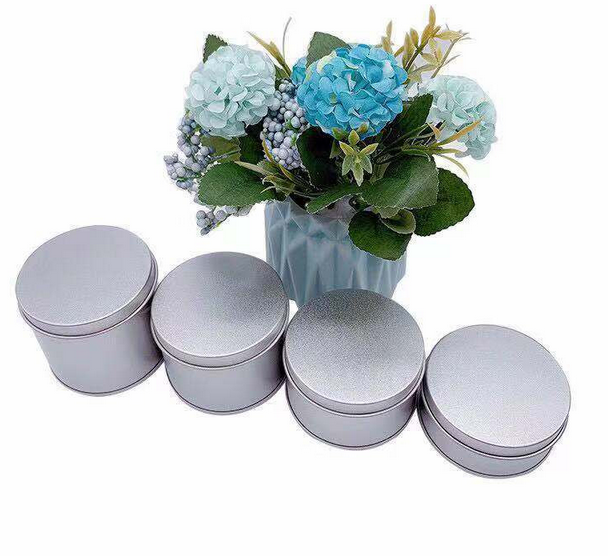
2. What is chrome plate
Chrome-plated plate, also known as Wuxi steel plate, is a new type of can-making material developed for the situation of low metal tin resources and high cost. Compared with tinplate, it has the advantages of low price and strong paint adhesion, but it is not as good as tinplate in terms of corrosion resistance and appearance gloss, and can not be soldered at present, only lap resistance welding or bonding can be used. , At present, it is mostly used for processing crown bottle caps, weakly acidic food cans, etc., and its use has gradually become more extensive in recent years.
3. Development history of tin-plated iron
The British invented the first canned food for long-term preservation in 1800, but the cans at this time were produced by the hot-dip tin method; from the 1820s, tin-plated iron cans have been very With great development and increasing demand, in 1847, the United States invented the machine of the can factory, which gradually replaced manual can making; the invention of the electric welding machine in 1900 greatly improved the efficiency of tinplate can making, and due to the high price of tin, later People gradually use the method of electroplating tin to produce tinplate; after the 1990s, the technology of can manufacturers has developed rapidly, and the high-speed welding machine can reach the production level of 1000 cans/minute. Since the middle of the 20th century, electroplated chromium steel sheets have appeared one after another to replace the use of some products.
Tin-plated iron can be classified according to the degree of quenching and tempering, the amount of electroplating, the type of steel, the annealing method, and the surface treatment. And it has excellent solderability, weldability, formability and surface appearance. It is used in food cans, beverage cans, 18-liter cans, art cans, spray cans, various bottle and can lids, household electrical appliances, electrical material parts, oil It is widely used in filters, wire sheath materials, etc.
According to statistics, the average annual consumption of canned food (excluding beverages) in the United States is 90 kilograms per person; in the European Union, it is 43 kilograms per person; in Japan, it is 25 kilograms per person; in the world, it is 8 kilograms per person; in China, it is only 1.8 kilograms per person. To produce high-quality food cans, firstly, there must be high-quality raw materials for the contents; secondly, there must be excellent food canned production technology; thirdly, there must be excellent packaging materials, tin-plated iron.
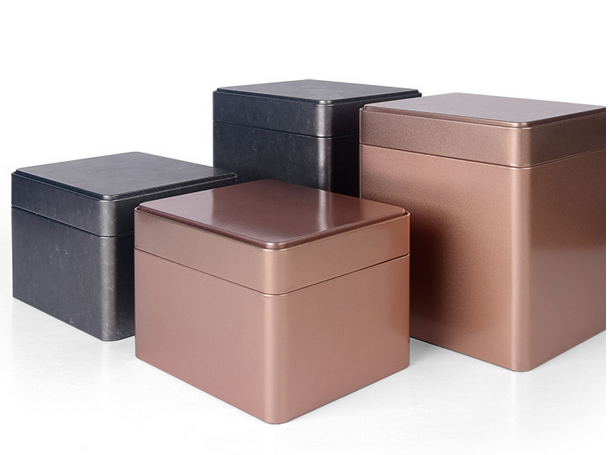
Production standard of tin-plated iron cans
1. The original iron can plate is a very pure low-carbon (C<0.12%) mild steel. The residual non-metals in it during smelting mainly refer to the content of P, S, Si and other metal contents, such as Cu, Cr, Mn, etc. must be strictly controlled. Sometimes it is necessary to remove impurities from molten steel in a vacuum, which is technically demanding;
2. During hot rolling, the gradient of heating and cooling must be strictly controlled, otherwise segregation is easy to occur;
3. Cold rolling is to thin a 2mm thick hot-rolled sheet (generally more than 1 meter in width) into a steel substrate with a thickness of about 0.20 at a speed of 30 meters per second. In the 24-hour cold rolling operation, the average thickness error of the product shall not be greater than 5 microns. Therefore, it can be said that the rolling mill has a pressure similar to a 10,000-ton hydraulic press, and has the precision of a clock;
4. The annealing temperature and speed control are not accurate, and the hardness of the tinplate does not meet the requirements;
5. Finally, in any process such as cleaning, electroplating, reflow, passivation, and oiling, if the processing time is slightly prolonged or shortened, the quality of tinplate will be greatly reduced.
In a word, this kind of high-speed, high-precision and high-power equipment, its products not only have better internal quality, but also have a mirror surface finish, which is destined to be a high-precision high-tech product with strict requirements.
Quality indicators of tin-plated iron During the production process and before leaving the factory, a total of more than 40 inspections have to be carried out. However, the production indicators of tin-plated iron in various countries have clear regulations.
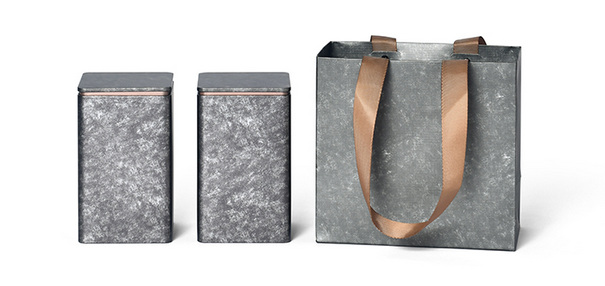
Quality indicators related to the application of tinned iron
1. The amount of tin plating: obviously the thicker the better. But the thicker it is, the more tin is consumed, and the higher the cost.
2. Tin-iron alloy layer: the denser the better, characterized by ATC and its thickness;
3. Iron dissolution value: ISV, the smaller the value, the less micropores in the tin layer;
4. Steel base surface impurity: PLA, the smaller the value, the better;
5. Grain size of tin layer: Observed after developing, the larger the grain size, the better.
The above is the quality index of tin-plated iron. They all have corresponding special detection methods. In addition, the corrosion resistance of tin-plated iron is often involved, as well as the chromium content in the passivation film, the thickness of the oxide film, and the thickness of the oil film and three indicators and inspections, which are often related to the quality of the printing coating and corrosion resistance.
Tin plated type box size standard
According to the manufacturing method, tin-plated steel sheets are divided into two types: hot-dip tin-plated and electroplated tin-plates. At present, the electroplating tin method is widely used, and the hot dip method is rare. According to the use, it can be divided into four grades: general use, drawing use, deep drawing use and structural use. Tinned sheet steel has good weldability (soldering), corrosion resistance, and beautiful appearance, so it provides non-toxic, protective and decorative effects on food storage, packaging and milk installations; Soldering is easier. It is widely used in electronic devices, food storage and processing equipment and experimental fixtures. The main exporting countries in the world are Japan, Germany, France, Russia, Australia and so on.
Size specifications: The basic size of tin-plated steel sheet is thickness, and some standards also list the allowable deviation of length and width size specifications. According to the agreement between the supplier and the buyer, other types of tin-plated sheets with different tin-plated amounts on both sides can also be supplied to become differential-thickness tin-plated sheets. The marking method is determined by the supplier and buyer through negotiation. Dark parallel lines mark appearance quality
(1) Thin plate shape. Like other plates, there should also be requirements for verticality, camber and flatness, among which the Japanese standard JISG3303 stipulates as follows: ① Verticality: no more than 0.25%; ② camber: no more than 5mm per any 100mm; ③ plane Degree: not more than 5mm.
(2) Surface condition: The surface of the tinplate should be passivated. In order to stabilize the surface of the tinplate and prevent the increase of tin oxide on the surface, the strip steel after electroplating needs to be treated with a chemical solvent with or without electricity, this process is called passivation treatment. Unless otherwise agreed with the buyer, cathode passivation is generally performed with sodium dichromate. Tin plate is divided into non-melting treatment and melting treatment surface. The former has a dark gray surface and the latter has a bright surface. Tinplate should be oiled to reduce wear due to shearing, shipping, handling, etc. Usually DOS oil is used.
(3) Surface defects: The tin layer of the tin plate should be uniform and smooth, and there should be no scars, pits, wrinkles, rust and other defects that are harmful to use. F. Packaging: The packaging of tinplate is divided into two types: board and roll. They are all wrapped in iron sheets, lined with moisture-proof paper, tied with iron waists, and fixed on the pallet. The packaging should be firm to prevent loosening, and the package should be placed vertically to avoid abrasion of the goods.
G. Relevant standards for tin-plated steel sheets: Product standards: GB/T2520-2000 Cold-rolled tin-plated steel sheets; JIS G3303-87 Tin-plated steel sheets and tin-plated original sheets; ASTMA623-92 General requirements for tin-plated rolled products; ASTM A624 -95 One-rolled tinplate; ASTM A599-92 cold-rolled electroplated tin sheet; DINEN10205-92 sheet and tinned sheet. The steel used for packaging is mainly sheet steel, which can be divided into three types: tin-plated sheet, chrome-plated sheet, and galvanized sheet according to the different coating metals.
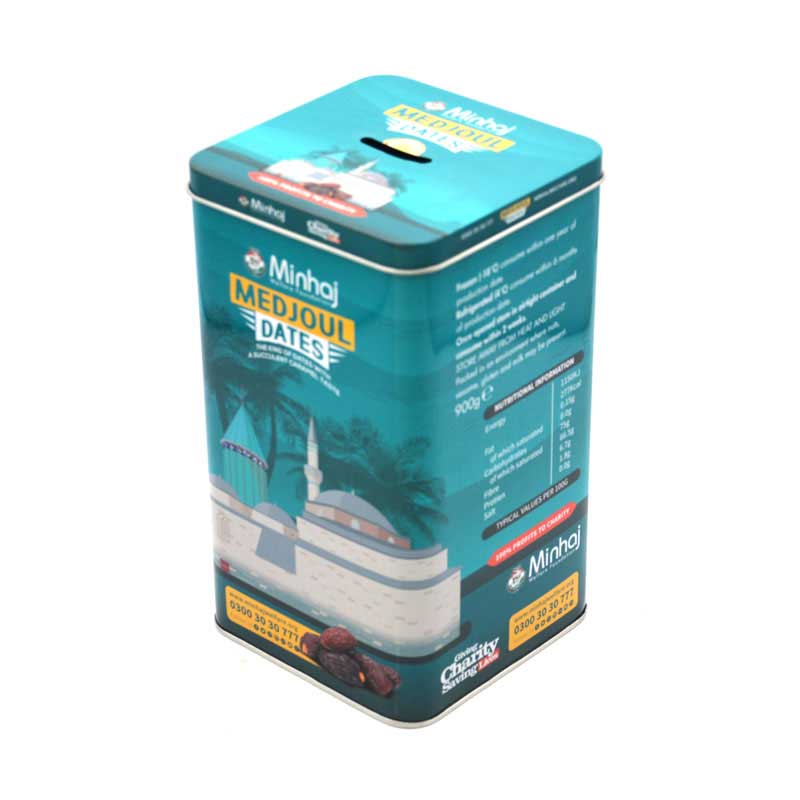
The use of tinned iron
In packaging applications, tin-plated iron is often coated on the inside of the container, that is, the side that is in contact with the item, and then packaged for food and other contents after drying. The coating is dense and uniform, and has good adhesion to the surface of the tin-plated sheet, and is not easy to fall off and be damaged during processing. The raw materials of this coating are mostly epoxy resin, phenolic resin, etc., which do not pollute food, harmless to human body, and have good anti-corrosion properties, which can prevent the deterioration of oil and medium in food, thereby effectively protecting the quality of food . The welding of tinplate cans adopts high-frequency resistance welding technology, which can not only reduce pollution, but also improve welding quality.
The biggest feature of tin-plated iron is that it is anti-corrosion, easy to process, can be punched into shape, and can be welded and processed, which is convenient for installation and printing, and is non-toxic and harmless, so it is suitable for the packaging of various foods, beverages and medicines. Mainly used as packaging material for canned food. In recent years, the French steel company first developed a new type of tinplate for packaging and put it into the market, causing a revolution in the packaging industry.
According to the different requirements of the packaging industry, the thickness of the tin-plated iron material, the amount of tin-plating, and the mechanical properties have different needs. At present, the thickness of materials used to make three-piece cans in Europe is 0.13mm to 0.21mm, which not only saves steel and reduces costs, but also does not reduce the requirements of all aspects of the product.
According to the statistics of European countries, due to the reduction of material thickness, enterprises can obtain 20% of the income, which is much higher than the income obtained by reducing the price of cans by 3% to 4%.
At present, the production of tinned iron in France accounts for 40% of the European market, and it is growing at a rate of 8%. The main reason is the development of special materials for different purposes. In Europe, some can-making companies have begun to produce tinplate two-piece cans, but the equipment has not changed much, and still use the production equipment of aluminum two-piece cans. By replacing aluminum cans with steel, the cost can be reduced by 15% to 18%, and the mechanical strength of the cans can be increased by more than 60%.
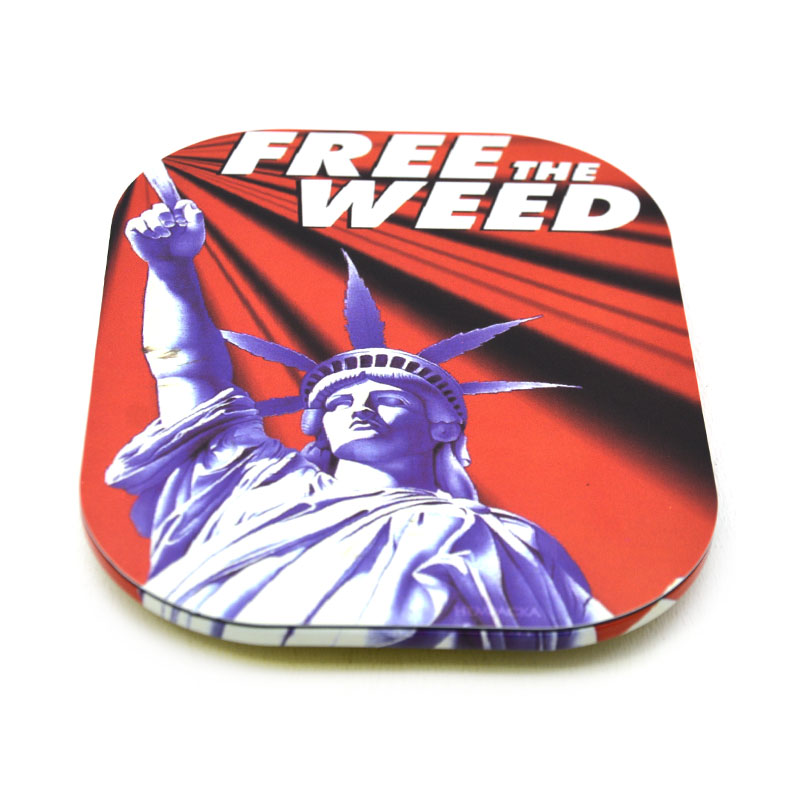
At present, the general development trend of tin-plated iron for packaging is: reducing the thickness of the material and improving the mechanical properties of the material. The main types of tinplate products for packaging are tinplate for three-piece cans, tinplate for spray cans and cosmetic cans, tinplate for closure caps and crown caps, tinplate for paint and chemical product containers, tinplate for two-piece cans, and special-purpose packaging. Tin-plated iron, etc.
1. Beverage cans. The characteristics of this kind of tinplate for beverage cans are high purity, no impurities, and more corrosion resistance; the drawing width can reach 1200mm; the shape is very regular, and the size error is small; continuous annealing, good toughness. On the basis of ensuring the good performance of tinplate, it can greatly reduce its thickness, so that the tinplate has superior mechanical properties and plasticity.
2. Food jars. Currently, a range of tinned iron produced in Europe is available for the production of many different types and shapes of food cans. The easy-open, stretch caps of these cans make opening the bottle very safe and secure.
3. For the packaging of spray cans and cosmetic cans, tin-plated iron is suitable for the manufacture of high-pressure spray cans, so that this container conforms to international standards and is harmless to the environment.
4. Coatings and chemical product containers. Due to the excellent impact resistance and flame retardancy of special tin-plated iron for packaging, using these packaging containers to package coatings and paints not only meets the relevant regulations on the transportation and storage of toxic substances, but also enables manufacturers to save a lot of insurance costs.
5. Special purpose packaging. Tin-plated iron for special purpose packaging has good printability and is most suitable for printing containers of various shapes. Galvanized steel sheet Galvanized steel sheet, commonly known as white iron sheet, is a low-carbon thin steel sheet with galvanized surface. Zinc plating is a protective coating that protects the steel sheet from atmospheric corrosion during use. The galvanized layer is generally passivated, and the passivation film formed after passivation in chromic acid or chromate solution is not easy to interact with humid air, and has strong anti-corrosion ability. However, zinc is easily soluble in acid or alkali, and easily reacts with sulfide, so it is not suitable for packaging products with acid, alkali or sulfide. Chrome-plated steel plate The low-carbon steel plate with chrome plating on the surface is called chrome-plated steel plate, which is a newly developed substitute material for tin-plated plate to reduce the amount of tin and reduce production costs, also known as chrome-type tin-free thin steel plate or tin-free steel plate.
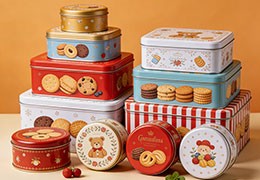
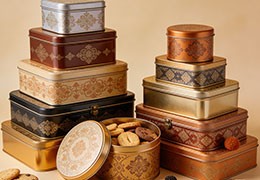


.jpg)
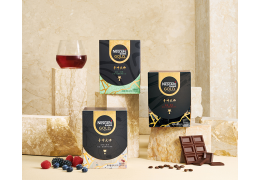
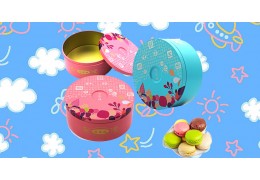
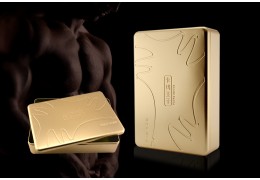
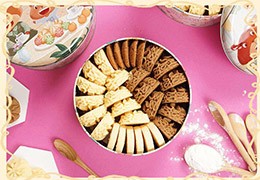
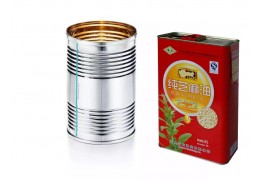

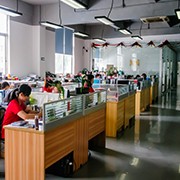

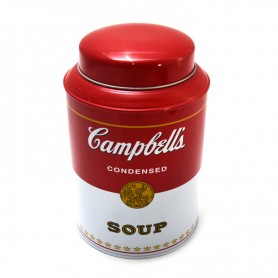
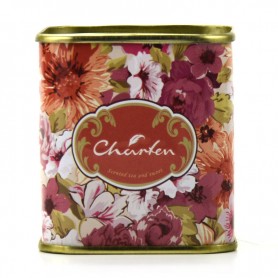



Latest comments